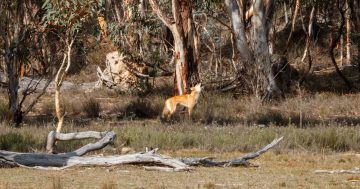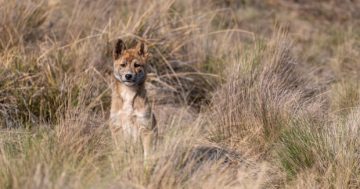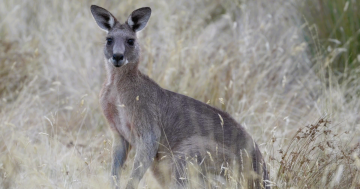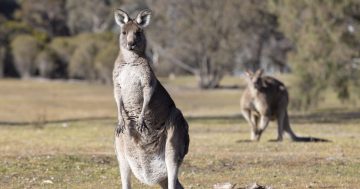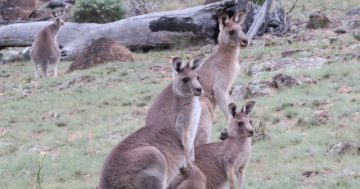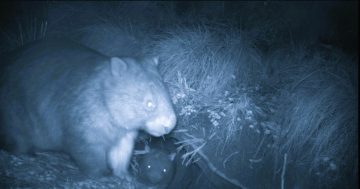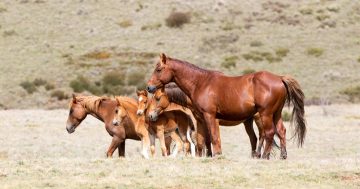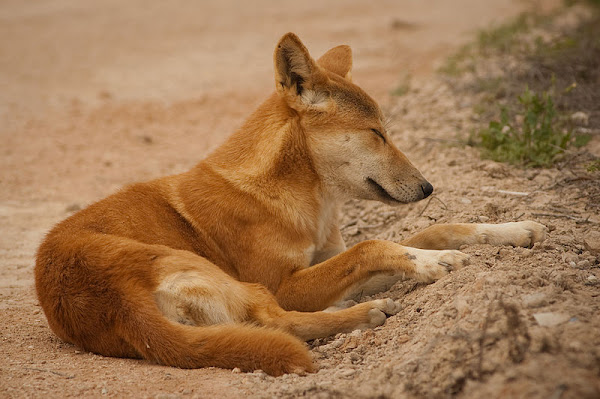
UC has announced a lecture this afternoon on the importance of dingos to controlling kangaroo populations:
Without predators like dingos to control kangaroo populations, culling may be necessary to restore the natural balance and ensure the future of the Australian landscape, according to new University of Canberra research being presented today.
Director of the University’s Institute for Applied Ecology, Professor David Choquenot, will present the findings of a recently published study that used mathematical models to explore interaction between dingoes, red kangaroos and pasture in the semi-arid rangelands of eastern Australia.
The research focused on the ‘trophic cascade’ effect, where removal of a predator leads to a decline in vegetation biomass because of an increased number of herbivores. Professor Choquenot will argue that controlling the dingo population in the rangelands will lead to a decrease in vegetation in the area because of the increased number of herbivore kangaroos feeding off the land.
Dingos are awesome and we can only hope to see them in Canberra’s nature reserves.
The presentation is at 11.30 this morning in Building 2, Level B, Room 12.
[Photo: Wikicommons CC BY SA 3.0]












